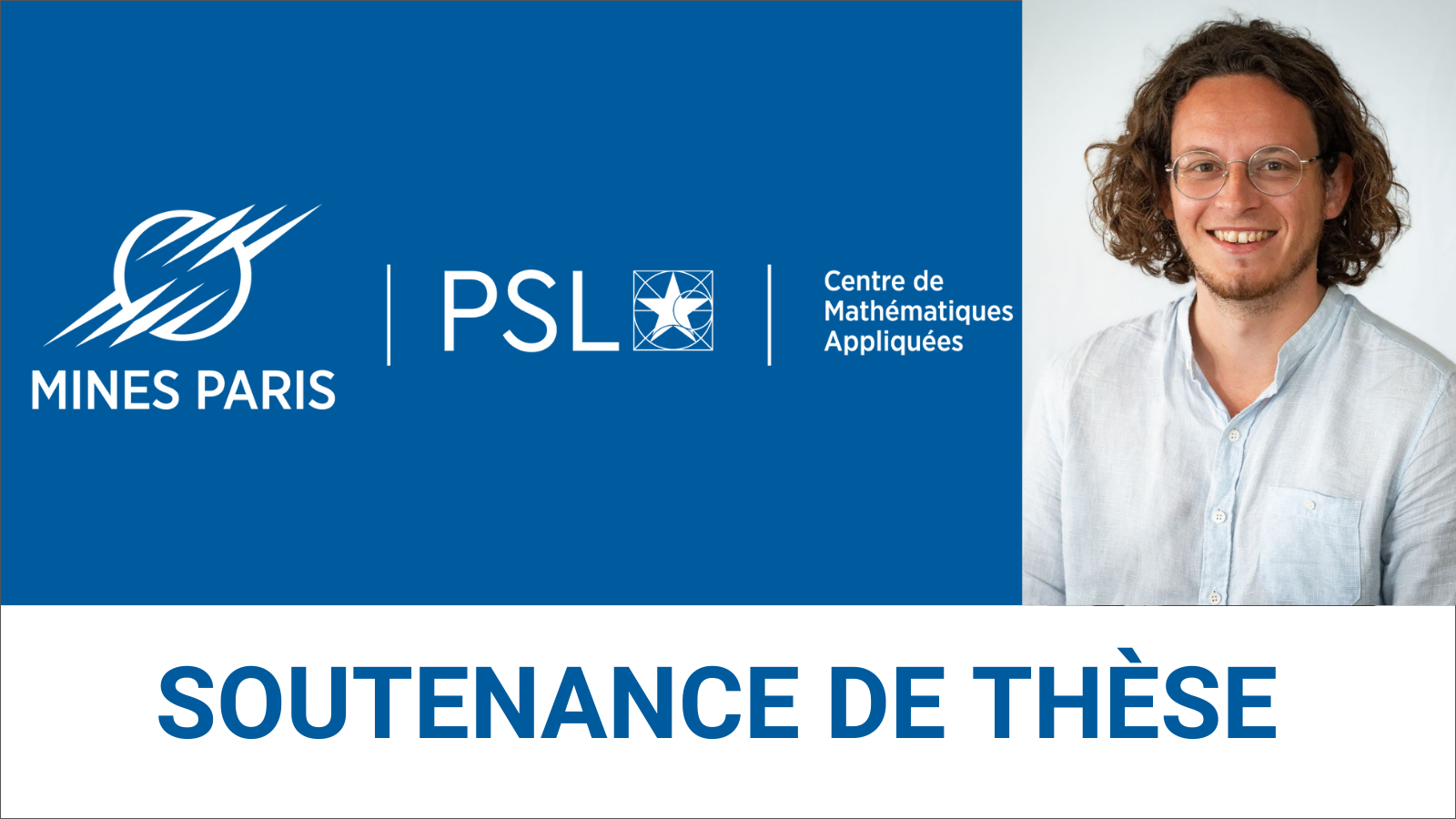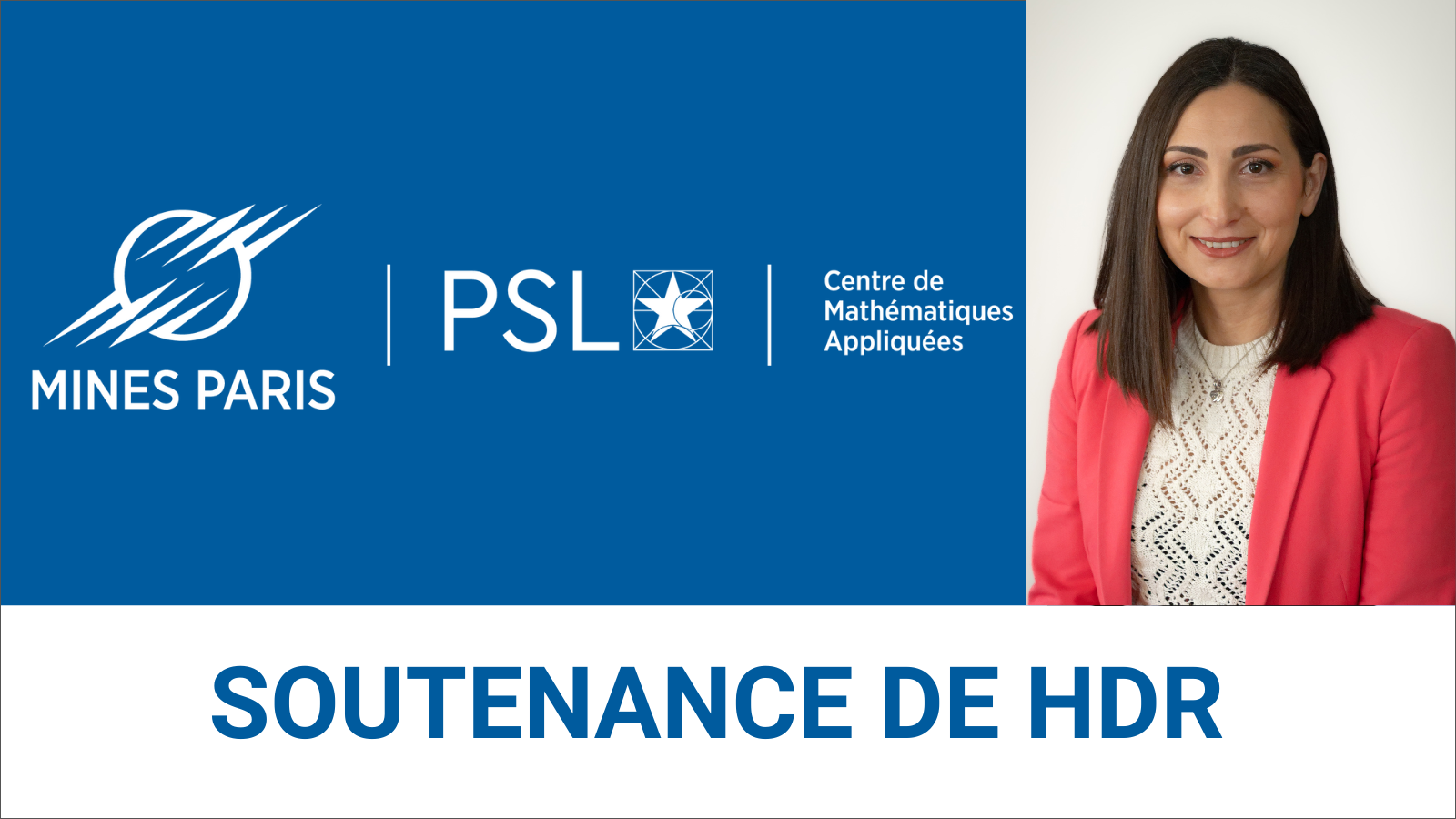
Lucas DESPORT will defend his thesis on 22 September 2023 at 2pm in Amphithéâtre Mozart, Mines Paris – PSL, 1 rue Claude Daunesse, 06560 SOPHIA-ANTIPOLIS
Subject: Implementation of Carbon Capture Utilization and Storage in global socio-techno-economic models : long-term optimization of the energy system and industry decarbonization
Thesis supervisor: Sandrine SELOSSE (CMA Mines Paris – PSL)
CIFRE thesis in collaboration with TotalEnergies
Abstract: It is now unequivocal that climate change is due to human activity, increasing global temperatures, and a range of related impacts on biodiversity, weather, land productivity, and sea levels, etc. It is therefore vital to engage in a transition that will allow us to limit global warming, which implies mitigating or even eliminating carbon dioxide (CO2) and other greenhouse gases that result from our use of fossil fuels, our agriculture, and our industry. Eradicating these emissions is not simple and faces environmental, social, economic, and technical challenges. One technical solution to tackling CO2 is to capture it and then store it underground or utilize it to produce fuels, chemicals, or minerals. This technology is known as Carbon Capture Utilization and Storage (CCUS). Since climate change is a global, social, economic, and technical problem, we employ Integrated Assessment Models (IAMs) in this thesis. These models connect the energy system to the broader economy and the Earth system and project the future of the global economy and energy system. They can evaluate what policies and technologies should be developed throughout the 21st century to meet commitments such as net-zero emission targets or the Paris Agreement. IAMs are as numerous as they are diverse, some focusing more on energy economics – known as top-down models – and others on the technologies of the energy system – known as bottom-up models, with different modeling paradigms and assumptions. Given the wide variety of IAMs, differences arise in the treatment and consideration of systems; we therefore employ two different models in this work, namely, TIAM-FR and EPPA, developed respectively by Mines Paris – PSL and MIT. The core work consists in implementing CCUS technologies in both models. In TIAM-FR we review the techno-economic assumptions and modeling of CO2 transport and storage and CO2 capture in the power sector, the hydrogen sector, and biorefineries. We implement direct air capture (DAC) and CO2 capture in the cement industry and the steel industry, and we model CO2 utilization to produce minerals and synthetic methanol, gasoline, diesel, jet fuels, and methane. We employ these models and their new CCUS features to answer the question of the role and potential of CCUS in the global energy transition. More specifically, we address three research questions: 1) Which drivers ensure CCU to contribute significantly to emissions reductions? 2) How far are we from deploying air capture at scale? 3) What are the role and potential of CCUS to decarbonize the cement and steel industries? Our results reveal that CCU’s potential is very sensitive to the uncertainties underlying its cost, but also to the cost of hydrogen. Besides, the potential for CCU decreases as CCS becomes expensive and DAC becomes cheap. Thus, the potential for CCU is uncertain, but it may prove important for the industry for mineralizing steel slags and recycling them in the cement industry or decarbonizing the aviation sector. Concerning DAC, we find that this technology contributes significantly to net-zero ambitions with costs below $400/tCO2, especially when there is no international emissions trading system available. However, the availability of CO2 storage as well as its impacts on land and the power system could hinder its deployment in some regions of the world. Finally, negative emissions generated by cement and steel industries represent a substantial potential for the decarbonization of the global industry, with up to 3 Gt of negative emissions. In addition, CCS remains the only solution to combat industrial process CO2 emissions. Although EPPA and TIAM-FR give different results for solving a net-zero target by 2070 in terms of CCS capacities and temporal deployment, the bottom line is the same: CCS is required to achieve the transition, especially thanks to negative emissions. However, CCU is not as effective as CCS and remains a technology for the long-term future. Key words: Integrated assessment modelling, Energy transition, Macroeconomy, Carbon capture utilization et storage, Industry
The PhD defence will be in English and will also be broadcast live. To receive the connection link, please contact us.



